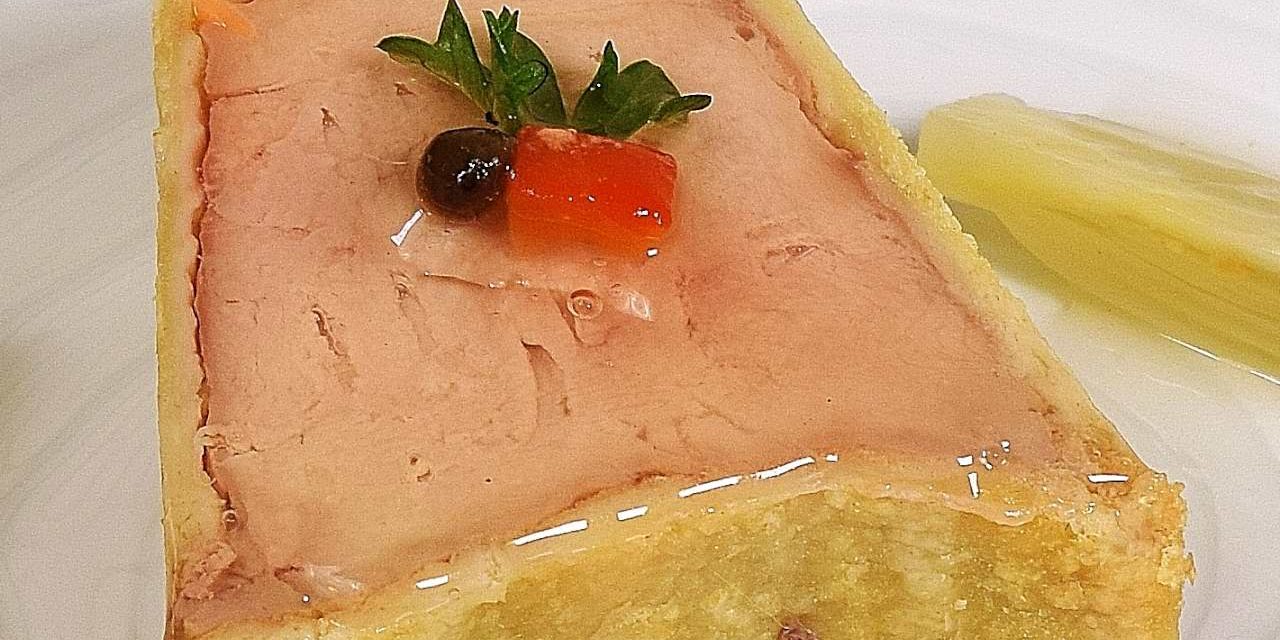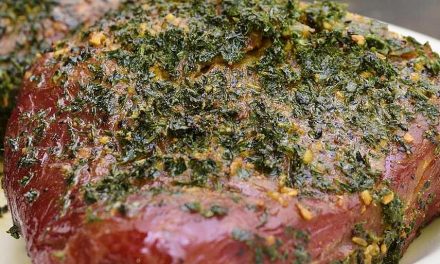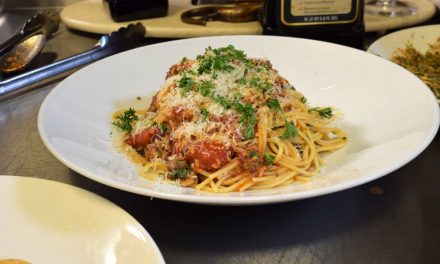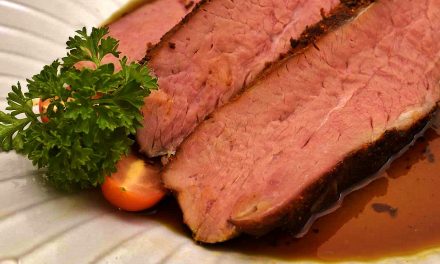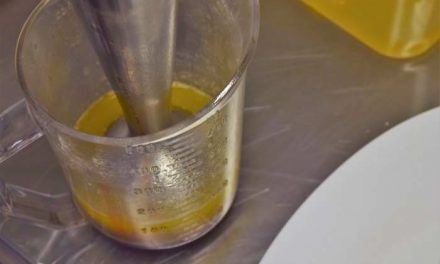I should have stayed in school
When I created the Facebook Group, it was never my intention to include curing and smoking as part of the dedicated list of topics. It wasn’t that I was unfamiliar. A couple of my friends who helped me put it all together were mildly interested in sv and much more so in the other topics. I realized that since sv in the home was almost unheard of, it might be a good idea to appeal to a somewhat larger demographic–and then lure them into sous vide later. Brilliant, but it still took us three years to even get noticed. By then, I was stuck with all the topics. We had blues and slide guitar on there for a while too, another interest of mine, but, well, that’s another story.
Smoking, not really complicated. There is cold smoking, but most people don’t have the facility to do it at home, even though they may try to kind of fake it. Actually, that can be dangerous because of the moderate temps used. That leaves hot smoking, which basically means roasting or grilling outside, not really a lot of new ground to break there, just lots of recipe trading and so on. That left curing. Sigh, smh.
Ruby, don’t take your brine to town
There is a lot of confusion about curing, brining, wet brining, dry brining, this brining and that brining and combo brining and other brinings that I haven’t even heard of yet. If you look up the word “brine” the literal definition is salt water. The ocean is “brine.” That means there would be no such thing as dry brining, just as there is no such thing as military intelligence or hot snow. But that doesn’t stop people from using the term.
The question is, what the heck do they mean when they say it? And that’s a good question. If you take a piece of salmon and put it in some salty cider for half an hour, people call that brining the salmon. It’s not that nothing happens as a result, because when you cook the salmon you won’t get that little layer of white albumen stuff on the surface. But it’s not cured, and there’s no time for the salt or the sugar or the apple goodness to penetrate, yada yada.
The CURE is a pretty good band, but that’s not what we’re talking about
On the other hand, if you submerge pork belly or ham or any number of other things in “wet” brine, the salt will eventually penetrate, and thereby “cure” the protein at a specific rate. This, in itself, is a chemical reaction that we won’t delve into, but you get the idea. If you put nitrites/nitrates in there, it will come out pink the way we expect that stuff to come out. That’s because the nitrates react chemically with the myoglobin and prevent it from discoloring. If you don’t put them in there, you get that gray sort of salt pork look.
If you “cure” the meat WITHOUT the water, the process actually goes almost twice as fast as if you soak it. This is another big surprise for people, but there it is. Somehow, people started calling that dry brining, and that’s where I get confused. That’s not dry brined. That’s dry CURED. If you do it right, with precise measurements, apologies to Ruhlmann, that is an EQ cure, the best of all.
Let the insanity continue, if you must
But there’s another problem. Sometimes people soak stuff in that wet brine but without the intention of curing it. Sometimes they even dry brine it (ick) without the intention of curing it. Why? I dunno, they had an idea or they read it in a book somewhere or something, one of those recipes that starts out “pick a cool and breezy day.” I confess to being a little dogmatic, but I don’t brine, be it wet or dry (ick) unless my intention is to CURE. For me, there is cured, and there is not cured. There is no half cured, or half sick either. When I am sick, I am sick, and then, hopefully, I get fully cured.
The Earth is trying to kill us
Real quick on nitrates. In the 70’s some alarmists warned us that nitrates were part of a naturally occurring substance conspiracy to kill us all. Totally unfounded and disproven within a matter of weeks, the fear stuck with us, as fear tends to do. There are higher levels of nitrates in celery and in our own mouths than there is in the curing mixes used on meat, but that doesn’t mean you can use celery or the inside of your mouth to cure something. Some people will really try anything. Like a friend of mine used to say “ALL mushrooms are edible–ONCE.”
I apologize to my friends
Salt is a thing, a very important thing. Salt is really the only thing that can penetrate the surface of land and air dwelling proteins, and that’s because living things pass salt in and out of their cells as a normal part of their biochemistry. The property continues post mortem. Formaldehyde and things like that are exceptions, but I assume you know I am talking about flavorings–esters, flavonoids, vanilla, cloves, juniper, that kind of stuff. Those of us with high blood pressure have listened to our doctors rail against our love of salty foods. This is because if we consume too much salt, we get bloated–edema.
Our cells take on salt, and that causes them to take on water, which increases our blood pressure because we are water balloons filled just a little too tight. So, yeah, a little, tiny amount of salt applied to steaks may actually create a product that is juicier when you get around to eating it. Too much will have the opposite effect. You can do your own experiment, sv process a couple of identical steaks, one naked, and one with .6% NaCl by WEIGHT. My sources say there will be less purge in the one with the salt than the one without it.
I don’t do it, not because I don’t believe it, but because I just don’t think my sensibilities are that refined, and I would probably get mixed up and mark the bags wrong or something stupid like that. Nobody has ever accused me of serving them a dry steak or a steak that didn’t have enough salt on it, so I don’t really sweat it. Haha, that’s funny. Sweat. Sweat is brine. WET brine. What would you call dry sweat?
Norm

